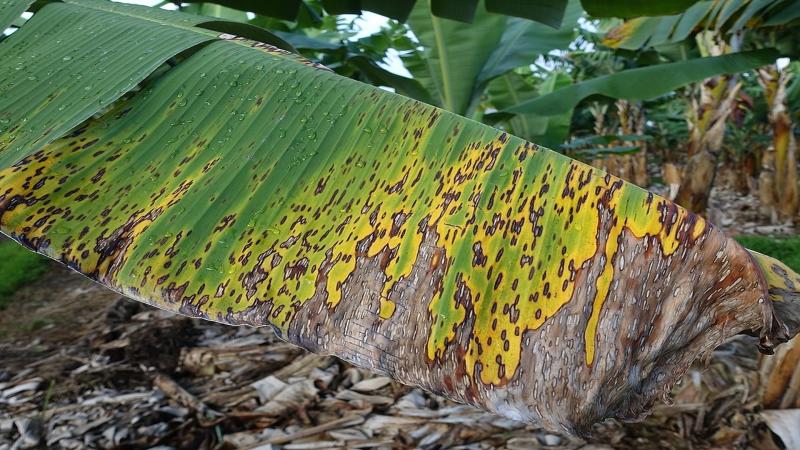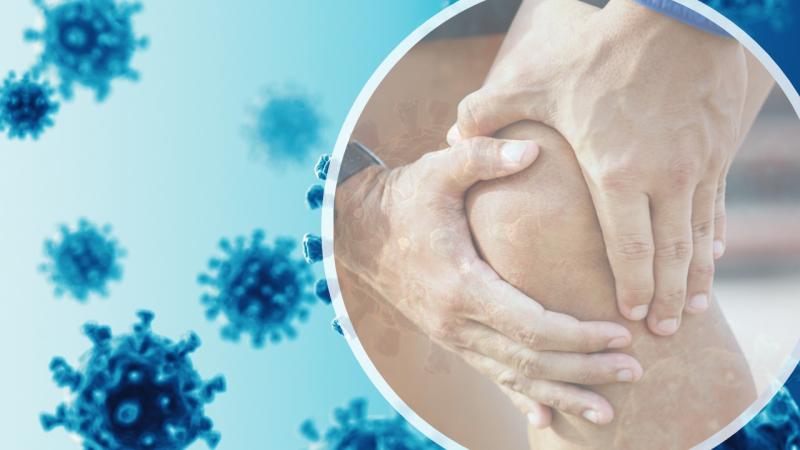
Banana, a nutritionally-rich, delicious fruit, is a widely-cultivated crop across the world and is a staple diet of people living in parts of Africa, Asia and Latin America. Due to pests and diseases, only 13% of the global production is traded, and often, farmers in India experience severe loss due to fusarium wilt or Panama disease. A novel innovation now aims to change the fortunes of banana growers by helping them detect diseases and pests with their smartphone. In a recent study, researchers from the USA, Democratic Republic of Congo, Uganda, Ethiopia and India have developed a banana pest detection app powered by artificial intelligence (AI).
Artificial Intelligence is an emerging arena in computer science where machines are programmed to simulate human intelligence and perform tasks like speech recognition, visual perception, language translation and decision-making. In this study, published in the journal Plant methods, the researchers propose a pest detection system that identifies pests using images taken by phone cameras.
“Early detection of pests and disease is the first crucial step in pest management,” says Dr Michael Gomez Selvaraj from International Center for Tropical Agriculture, Colombia, who is an author of the study. Thereafter, with proper monitoring, strategies to curtail the disease can be followed. Traditional approaches to identifying the pest require specialists, who may not be available to small farmers in countries like India. Hence, these farmers rely on their empirical knowledge for managing pests in their farms. Here’s where a simple smartphone-based application can help to detect and diagnose banana pests, at first sight, say the researchers.
The developed AI-based app can diagnose five of the commonly-found banana diseases—Xanthomonas wilt, Fusarium wilt, Black sigatoka, Yellow sigatoka and bunchy top. It uses more than 12,000 pre-screened images of affected plants captured through cell phones, tablets and cameras with varying light conditions, seasons and locations. An AI-based algorithm is then used to train the system to detect the pest using features present in these pre-screened images. It is akin to how platforms like Facebook automatically recognises photos of you and your friends when uploaded.
The study found that the AI-based banana pest detection app was accurate about 90% of the time when it was tested in the field.
“In artificial intelligence, accuracy is based on how much the machine is learning from your data sets. The more data you have, the more accurate the app will be. So, accuracy can be improved by new data sets and training on plant features. We are also inventing new ways to differentiate more closely related diseases” says Dr Selvaraj.
This smartphone-based app is also easy to use. If farmers spot a symptom, they can take a photograph of the plant or the pest and click the ‘Scan’ button on the app. Once the system processes the image, it shows the probability of the image depicting one of the five diseases in real-time. If the probability is very high, the farmers can click the ‘Recommendations’ button to see what control measures they can take for particular pests and diseases.
The images taken by the farmers are also tagged with the exact geographical location.
“When our servers receive these images, we can not only confirm the disease, but also prevent outbreaks, and monitor the status by satellites and drones,” explains Dr Selvaraj.
While technology can help solve problems, it’s the adoption that drives the end results. Hence, the researchers of the study are now engaged in taking this to their intended users—the farmers.
“We are campaigning through our national partners to explain how to use it,” says Dr Selvaraj. “We are getting support with country partners to help us to disseminate technology and training to provide the local farmers,” he signs off.
This article has been run past the researchers, whose work is covered, to ensure accuracy.
